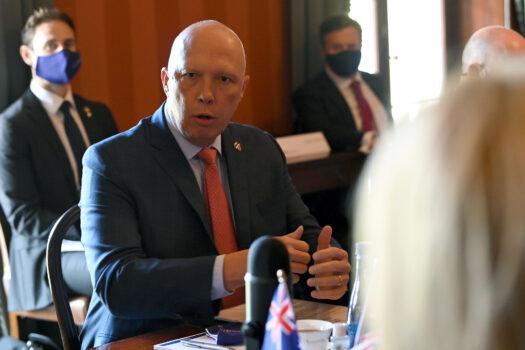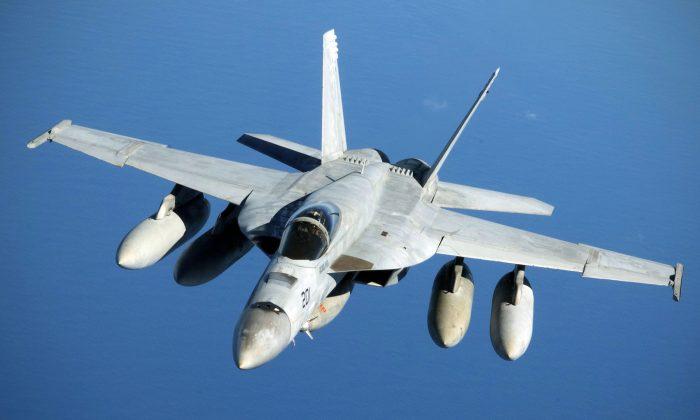The arming of Australian fighter jets and naval ships will be accelerated with new long-range strike weapons under a recently announced AU$3.5 billion (US$2.64 billion) plan.
The federal government on April 5 released details of the plan which will see Australian defence forces armed with missiles that can strike targets from 900 kilometres away.
“The world has been shocked with what we’ve seen in Europe and in the Ukraine and we hope and pray that doesn’t spread to other countries,” Defence Minister Peter Dutton told the Seven Network.
“But we’re also very worried about what’s happening in the Indo-Pacific, and this is about Australia being prepared and making sure that we can stare down any act of bullying against our country.”

Under the new plan meanwhile, Australia’s 24 Super Hornet jets and F-35A Joint Strike Fighters will be armed with Joint Air-to-Surface Standoff Missiles (JASSM-ER) by 2024—three years ahead of schedule.
The JASSM-ER is an air-to-ground cruise missile manufactured by Lockheed Martin and Raytheon and has a range of 900 kilometres.
Australia’s Anzac-class frigate and Hobart-class destroyers will be armed with Naval Strike Missiles (NSM) manufactured by Norwegian firm Kongsberg Defence and Aerospace.
The new anti-ship missiles will arrive five years ahead of schedule and will have a range of 185 kilometres, replacing the current Harpoon missiles.
Hi-tech sea mines will also arrive three years ahead of schedule.
Dutton said that in the short-term Australia would buy the weapons from defence partners, but in the medium term, the government will look to develop its own manufacturing capability.
The defence minister also revealed that he expected the timeframe for Australia’s proposed acquisition of new nuclear-powered submarines under the AUKUS agreement to be shortened by a “considerable period.”
“They (the United States) understand the situation here in the Indo-Pacific. I think we can condense the timeline of delivery,” he said.
Concerns have been raised over potential “capabilities gaps” between when Australia retires its current Collins-class submarine fleet, and when it receives nuclear submarines—leaving the navy short one of its key weapons.
“We will consider whether tomahawk missiles can be fitted to the Collins-class submarines,” he said. “We will review the progress of the Frigates project and explore whether our naval power could be bolstered through upgraded weapons on the Arafura-class offshore patrol vessels or through additional Hobart-class Air Warfare Destroyers.”






Friends Read Free